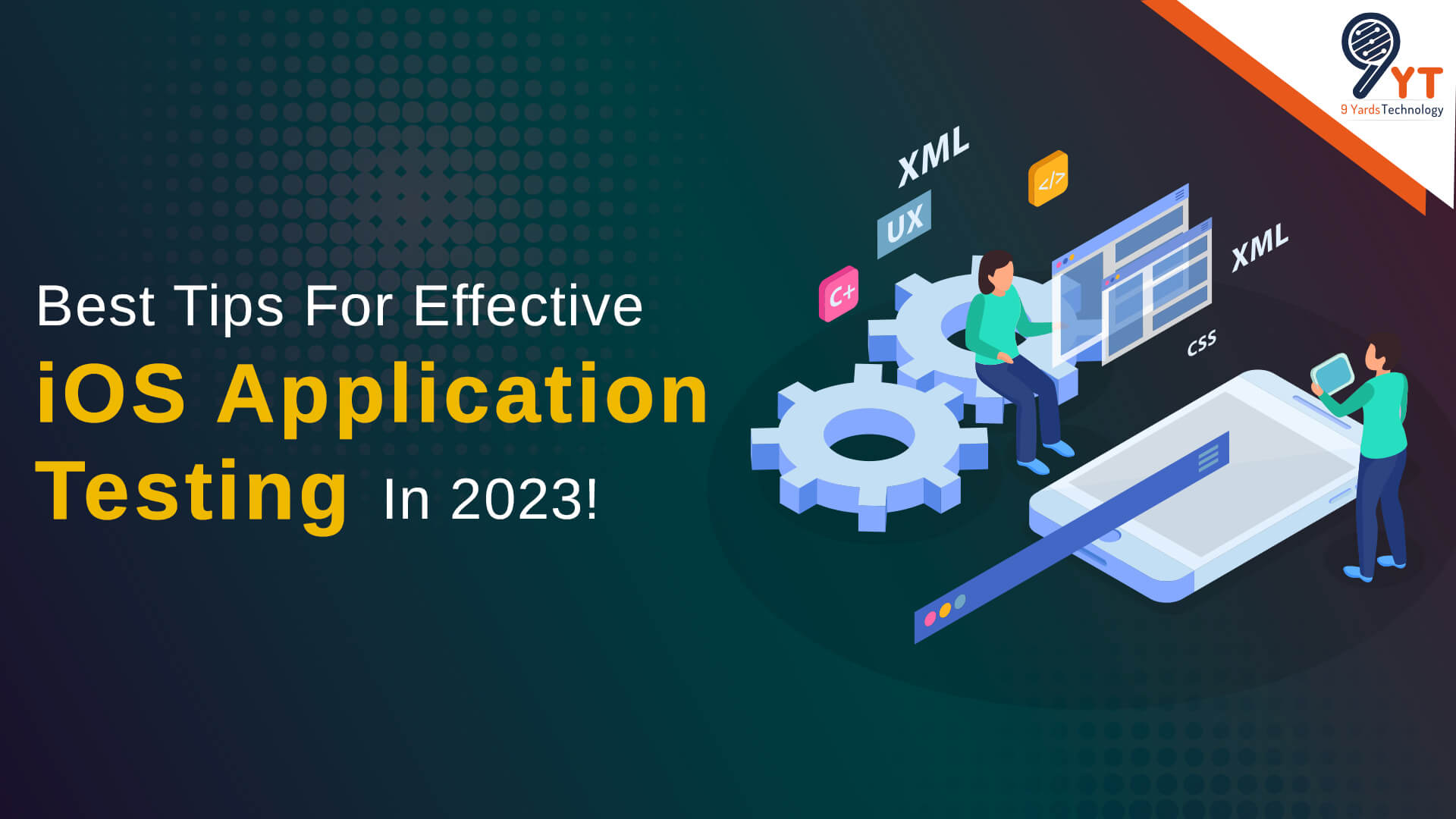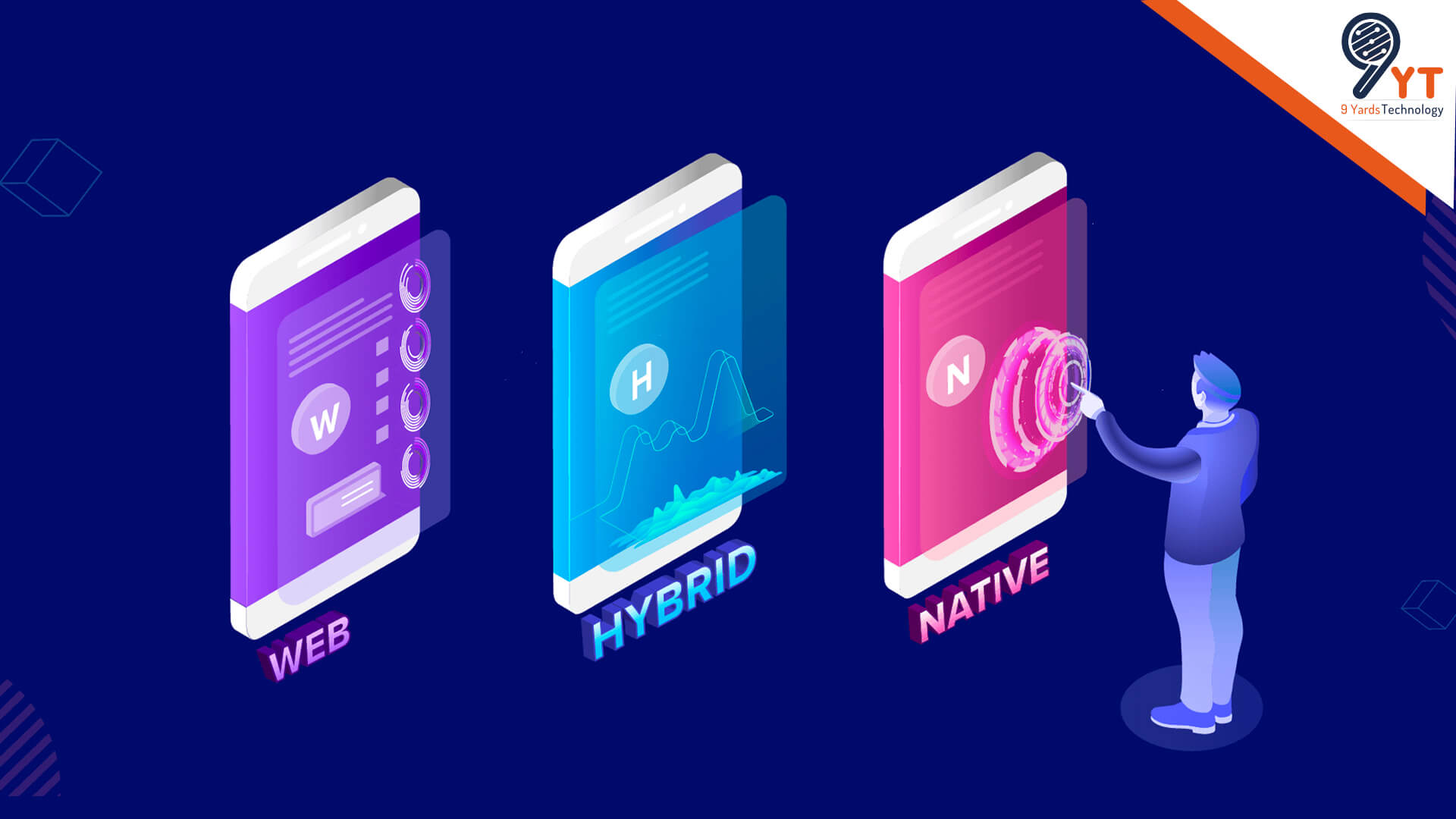
App testing is a crucial element of any application development process, as each iOS applications are somehow unique. Though there are numerous iPhone products in the market with different iOS versions, screen sizes, hardware, and feature capabilities. This basically means that you’ll have lots of potential issues. Have a peek at the below data to get an insight into the significance of iOS app testing worldwide.
According to Statista
- From 2021 to mid-2022, Apple’s app store witnessed fluctuation in the number of new mobile apps.
- There were approximately 36.6K mobile apps released through the App Store, with a hike of 2% compared to the previous month.
This guide will narrow the focus to Apple devices and explain how to use your iOS devices effectively.
What is iOS App Testing?
iOS app testing refers to a test run on any iPhone or iPad application. iOS app testing is the process of testing applications crafted for Apple devices. It involves the testing process of testing applications. It involves testing bugs, functionality, behaviour, user interface issues, and any general performance problems that impact the applications’ quality.
iOS application testing aims to deliver the best in class user experiences by identifying bottlenecks earliest and resolving the issues before the app gets into the hands of real users; you can debug and fix glitches that prevent people from accessing, downloading, and using the application.
There are lots of ways to conduct iOS app testing. Depending on your application development methodology, you might use a combination of diverse testing tools.
Secondly, you can hire a Quality Assurance team to approach professional iOS application testing to check the application’s performance. On the other hand, you use iOS simulators or take advantage of debugging tools in Xcode.
Testing the application using multiple methods is the best way to ensure it performs at the top level and operates smoothly without any bugs.
Every application has some flaws, and no app is perfect. Thus it is crucial for you to bring an app to the market which is bug-free or has negligible flaws that will help you in the long-term success.
What to Keep in Mind When Testing iOS Apps
Before beginning with the application testing for iOS applications, there are certain factors that you must consider. You can use a checklist of best practices and pro tips for effective iOS application testing.
- Apple products in the market vary according to the screen orientations and sizes during the test process to ensure that your app is compatible with different devices and screens.
- Think about different types of iOS devices under the umbrella. So you must consider different screen sizes and orientations during the testing process, for example, iPhone UI Testing and iPad UX testing.
- Check the application’s usability and whether the application is freezing or crashing while using it. If so, what are the issues causing the crash? Hence to debug, it is important to get to the root cause to help the issue.
- Look for potential security issues within the application. What types of vulnerabilities does the iOS application have for a breach? Is there sensitive internal data or user information that can be targeted?
- Ensure that your application is compatible with new iOS versions as Apple continues to update its features and launch new versions; it’s crucial for your application to stay up to date with those releases to ensure compatibility.
- Don’t forget to identify memory leaks that block the memory of the application which is no longer in use. Thus it often causes iOS app crashes.
- Test all your push notifications to ensure the push notification is displayed correctly and the alert must be visible to a single user time.
- Beta tests are conducted to see if real users are satisfied with the application before its launch for all the users.
All these tips will make your life much easier as you go through the iOS app testing process.

3 Main Types of iOS Apps
There are many options available for iOS application testing, but the best application testing for your application depends on what type of app you are developing and your development process. So before you begin any manual testing. Have a glimpse at 3 main types of applications before you begin testing.

Native Apps
Native applications are usually built using the native APIs for Apple’s official iOS API (SDK) software development kit; thus, Native iOS applications are fast and responsive. Thus enhancing the UI components in the SDK with built-in features like internal cameras, microphones, Bluetooth, GPS, etc.
Web Apps
Web applications are improved versions of mobile websites and only require a web browser to run and use on the user’s mobile device. Many popular web applications can be accessed with URLs and are built with Javascript.
Hybrid Apps
A hybrid application is a mix of native web and native apps. But they have some native experience for the end user. But they give application developers more freedom in creating the app using web technology.
Check out our blog Android VS iOS – Which App Platform is Best for Your Business?
Different Methods For iOS App Testing
There are numerous approaches to iOS app testing. To simplify those options, we can break them into simulator categories. We’ll compare manual testing with automated testing and simulators vs emulators.
Manual or Automated Testing?
Manual app testing is conducted manually. The process requires an actual device, like an iPad or iPhone. The Quality Analysts run through the instructions and scenarios to check how the app performs. The manual test aims to certify the functionality of the app scripts for different use cases.
Most manual tests mandate the analysts to go through different in-app flows to mimic the user’s actions while using the app for its intended purposes. Manual tests are also used in an exploratory fashion that helps to analyze the other tests that can be executed to move forward.
One limitation of manual testing is that it requires time and effort. Hence every time a change is made, you must implement the entire testing process to check the app’s functionality.
You can apply varied testing tools and automation frameworks that help you to process through this process. But for most of the parts, the test is divided into two subcategories.
Unit Tests
Unit tests utilize code to focus on one piece of the iOS application in isolation. These tests take that single element through different variables to see if it responds with accurate values. Unit tests are ideal for identifying bugs and fixing them in the early stages of the development process. It saves time and capital if you can resolve these issues early, not after the execution of the UI design.
End-to-End Test
End-to-end tests are intended to imitate a real user experience. Quality Analysts will use the entire application stack, including network requests and backend server operations, to see how everything reacts to the simulation.
Both automated tests are vital to operating as you’re testing iOS apps.
Emulators or Simulators?
Emulator and simulator are terms that are often confused, but these two tools are not synonymous.
The app simulators are crafted to build an environment that emulates the behaviour and configurations of an existing iOS device. Emulators replicate all of the hardware and software features of a real device.
In short, simulators offer basic device behaviours, and emulators replicate the exact forte as the iPhone or iPad would exist in the real world.
Most iOS applications, be they emulators or simulators, are based on the web, which means we can use them from a web browser like Safari or Chrome. Neither is a true substitute for test on a real device.
Can You Test iOS Apps on Windows?
It’s often believed that you don’t require an iPhone or Mac for iOS application testing. Several platforms allow you to perform iOS application tests from Windows devices. Most of these tools also become a double solution for testing Android applications.
To know more about what are the best iOS simulators for Windows. The guide for Windows PC includes iPadian, Smartface, Appetize, AIR iPhone, and Remoted iOS Simulator.
While referring to that guide, you must compare every tool’s pros, cons, and costs. This step allows you to determine which one is best for your unique scenario.
It’s rare to test iOS applications on Windows. Most iOS applications should be tested from an Apple device. But if you’re in a contingency and don’t have an iOS device, you can still execute effective iOS app tests from a Windows computer.
Why is iOS App Testing Crucial?
Running tests on your iOS application is crucial, and getting these tests done throughout the development process will ensure your life is much easier in the longer run.
The key idea behind iOS app testing is to discover and fix as many vulnerabilities as possible before the app gets into the hands of real users. The users don’t use an app that doesn’t perform as advertised or constantly crashes or has bugs and glitches; the app loses trust. If the app doesn’t go through the QA process thus, attaining perfection is nearly impossible.
Even the top-tier and most popular apps worldwide have bugs; thus, they can crash while running on an iOS device. Thus you must not lose hope if your application’s code contains issues. You always have the option of fixing the issues and glitches before the launch of applications.
All in All!
Finally, at this stage, we hope that you have got a clear understanding of some of the most significant tips for effective iOS app tests. There are a plethora of things to test for while executing a test. Thus, the developers and Quality Assurance agents must choose an accurate testing methodology that perfectly fits their application.
If you’re still in the preliminary stages of app development and haven’t started building your application, 9Yards Technology can save you significant time and capital. With our application development, you don’t have to worry about any technicalities; our proficient expert team handles the application development for you.
Hence, you can leave the development process to our skilled professionals, including tests and updates. With 9Yards Technology, our expert development and design team will craft a custom app for you and manage it post-launch. Thus, you’ll never have to worry about testing or debugging.




